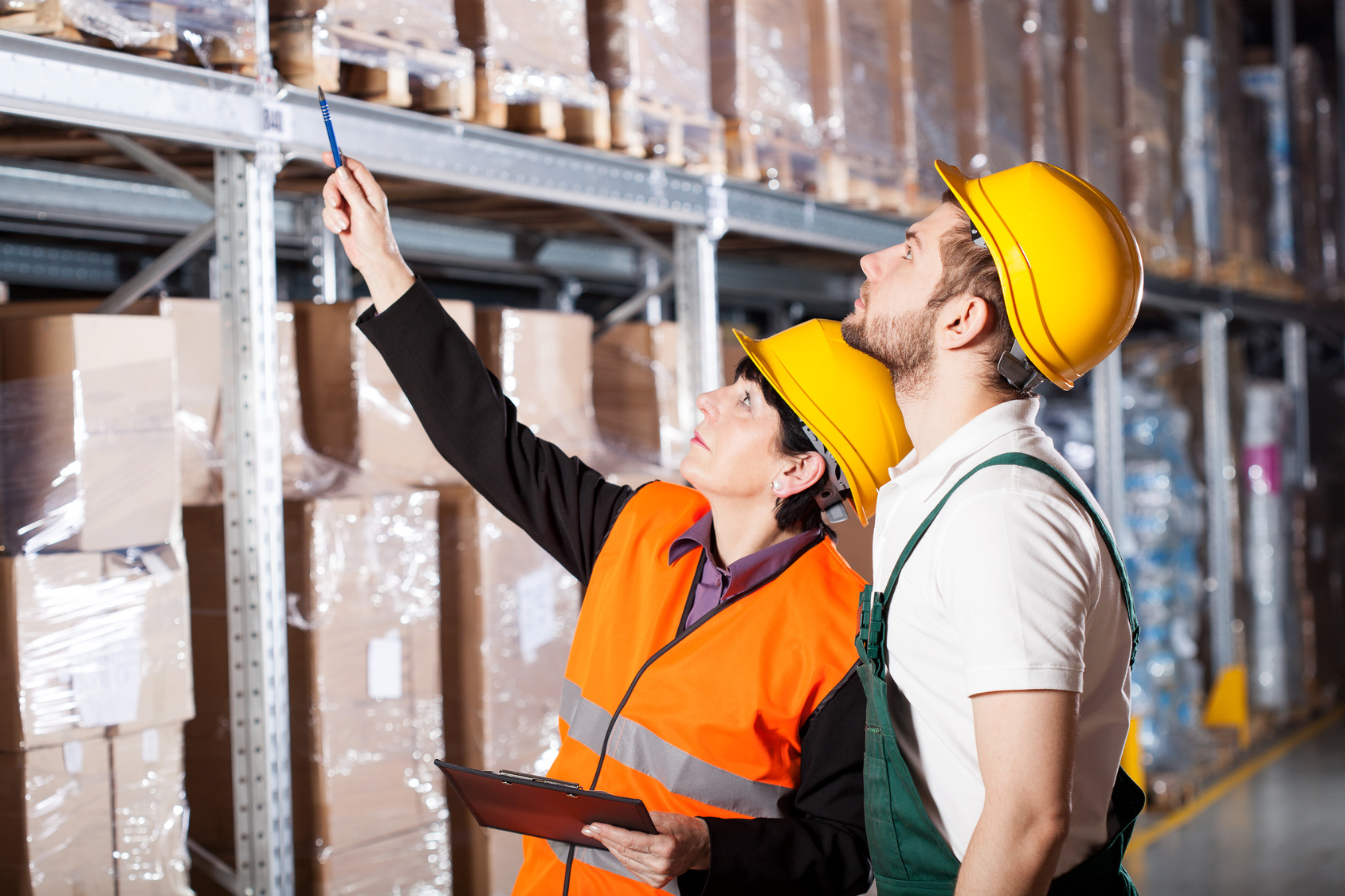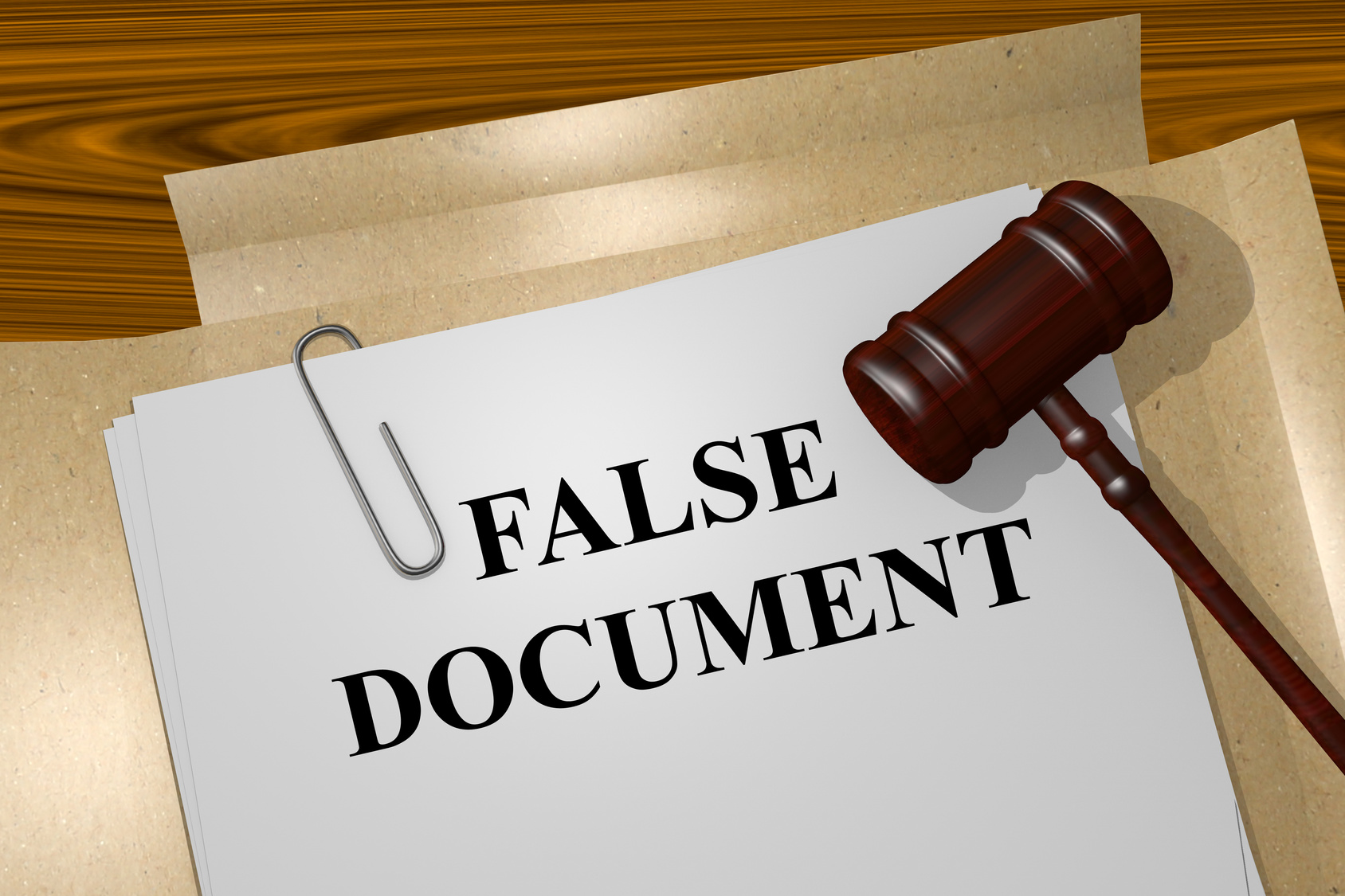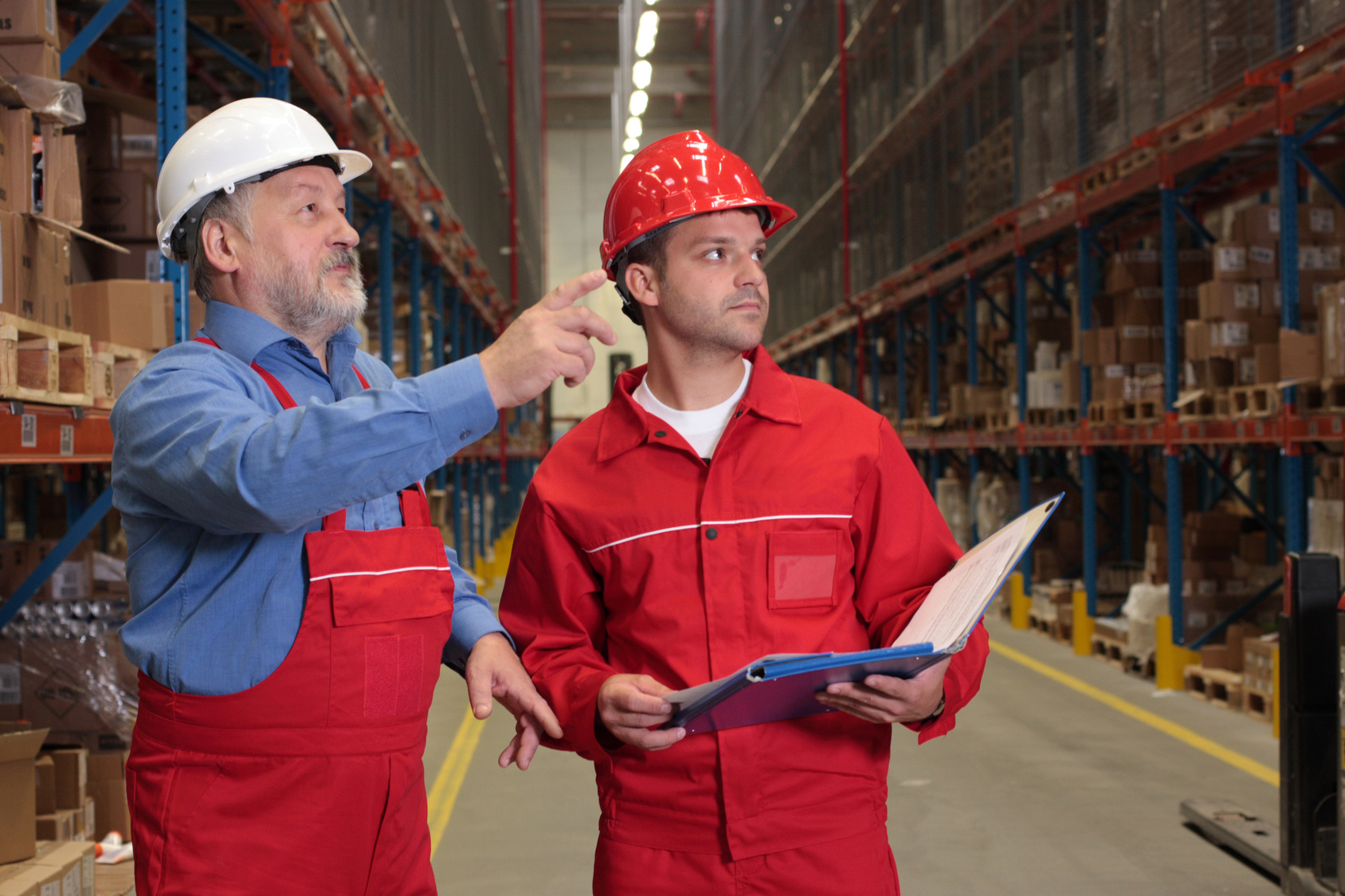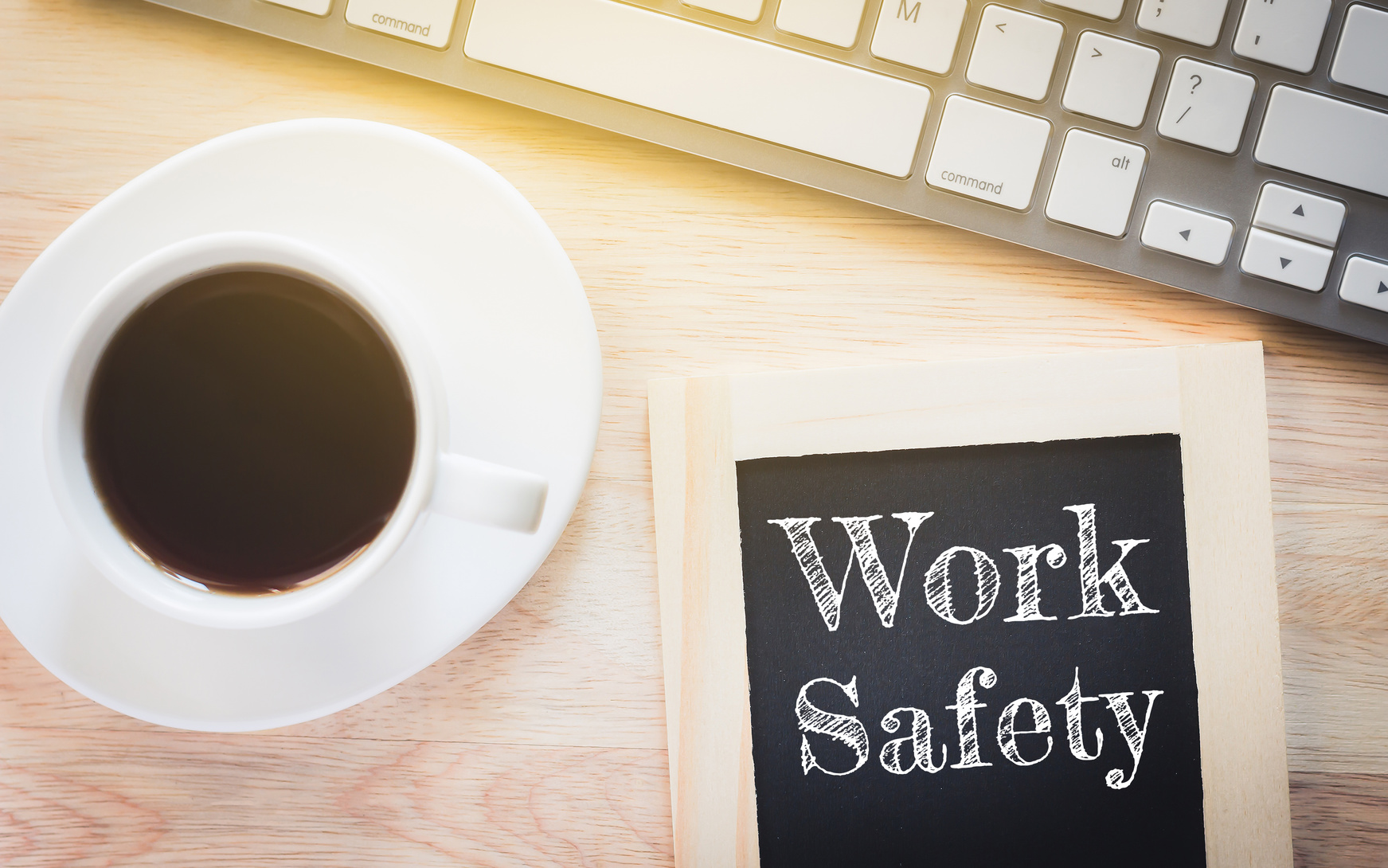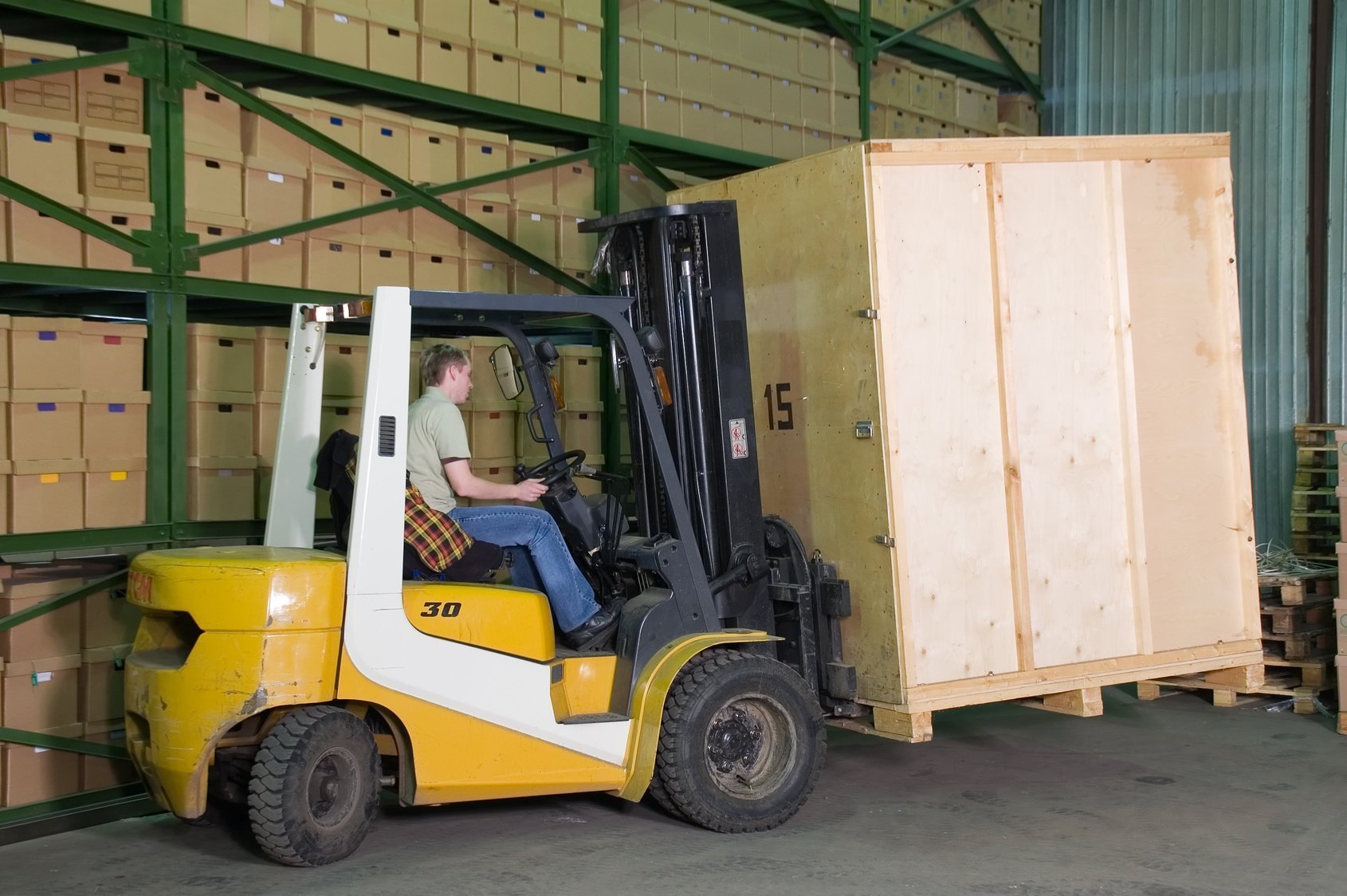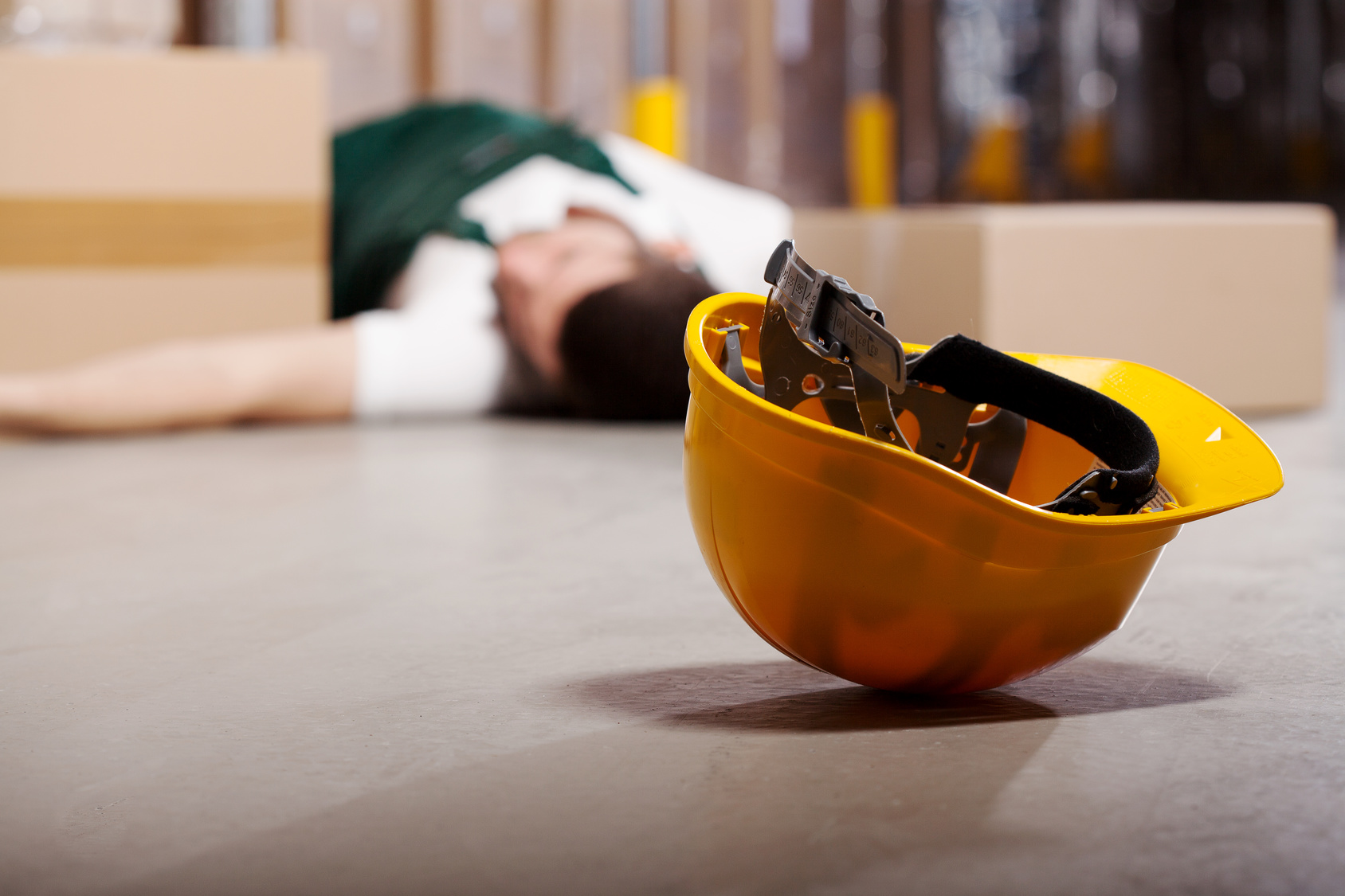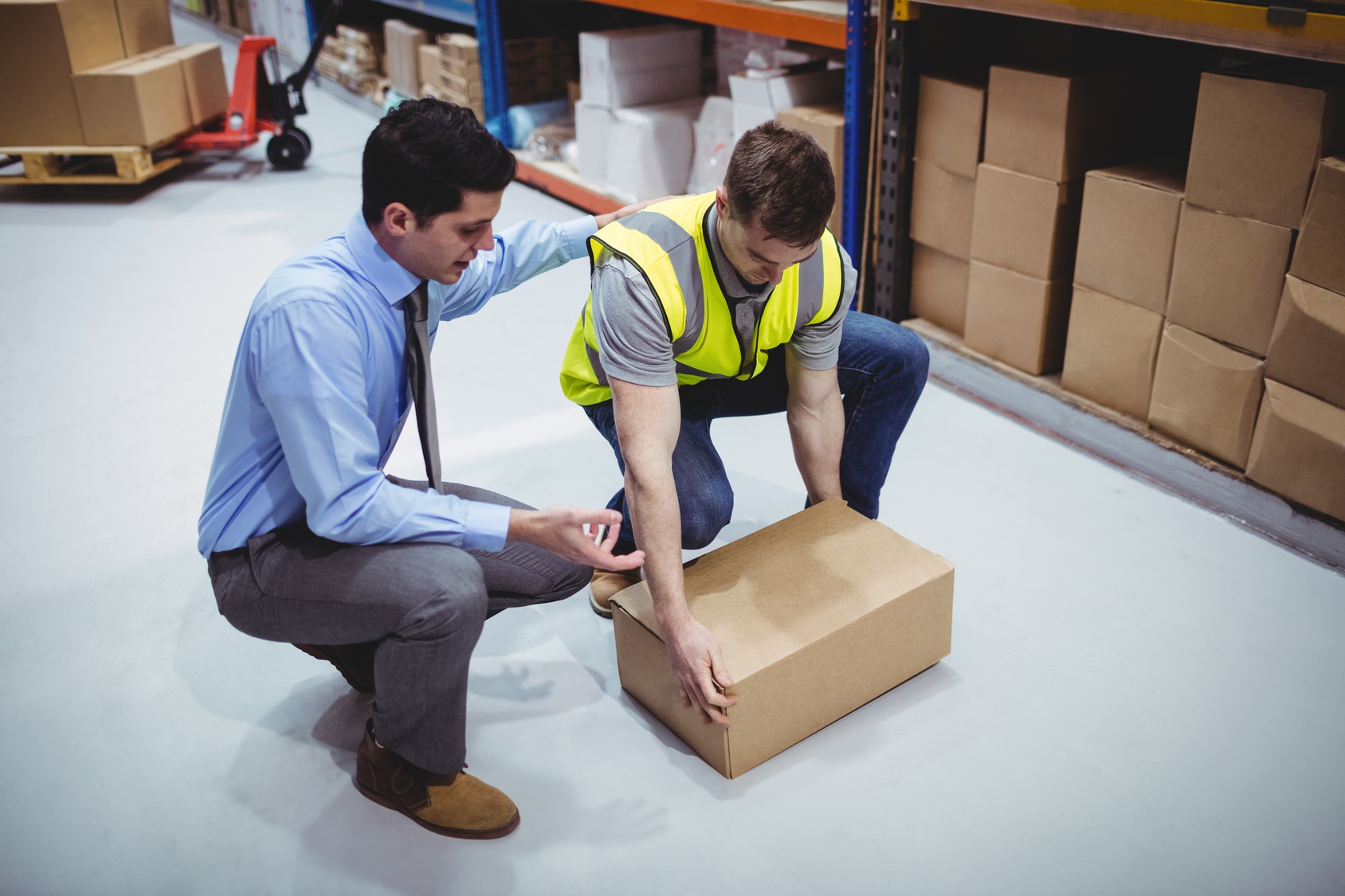A Beginner’s Guide to Rack Safety Inspections and Racking Inspection Checklists
At Storage Equipment Experts, we instruct businesses on pallet racking safety. Fully-fledged racking inspection training and comprehensive racking inspection checklists are not the only things that we do. One of our most useful services is a basic introduction to racking inspections.
Our infographic should serve as a starting point for businesses who want their staff to learn more about racking inspections and how racking inspection checklists work. It’s a great graphic to print out and put around your workplace. And it’s yours for free! Of course, that’s not the only free thing we offer at Storage Equipment Experts…
Our Racking Inspection Checklist is Free and Easy-to-Use
If you want to carry out your own regular internal racking inspections (as recommended by HSE), you can download our free and easy-to-use racking inspection checklist right here. Before using it though, we would strongly recommend also undergoing racking inspection training.
Our infographic is a great introduction, but for a detailed course on how racking inspections are performed look no further than our racking inspection training course. This course will give your staff the confidence and knowledge to carry out regular internal racking inspections in accordance with HSE’s recommended “traffic light” racking safety system. For this, you can use our racking inspection checklist.
Our Infographic, Our Racking Inspection Checklist, and Our Racking Inspection Course: The Perfect Trilogy
Great things come in threes, and that’s why we recommend using our infographic alongside our checklist and racking inspection training for the perfect three-pronged approach to racking safety. However, racking safety still has one more important element: expert rack safety inspections.
Rack Safety Inspections from Racking Inspection Experts
These safety inspections are required by law — and for good reason. Though our infographic, checklist, and training will help you with the day-to-day upkeep and inspection of your racking, a certified expert is required by HSE to visit your warehouse at least once a year. HSE recommends SEMA approved inspectors for this job. After all, damage is not always obvious. There are some things which require a racking inspection expert to spot.
For the non-experts though, this infographic serves as a great place to start. Understanding the basics is simple when you break it down, and so that’s just what we’ve done with our infographic.

Rack safety inspections are all about knowledge and discipline. That’s why we are keen to share that knowledge as much as possible. At Storage Equipment Experts, we are here to teach you everything you need to know to perform your own regular internal racking inspections. And we are also here when you need an expert racking inspector — a SEMA approved rack inspector — to spot something you might have missed and to give you the advice you need to keep your racking, your warehouse, and your business safe. Our job is to help to you do your job better and safer. Whatever your business, contact us for your next rack safety inspection.
Now that you know the basics, it’s time to call in the experts. Contact us for your next SEMA-approved racking inspection.

